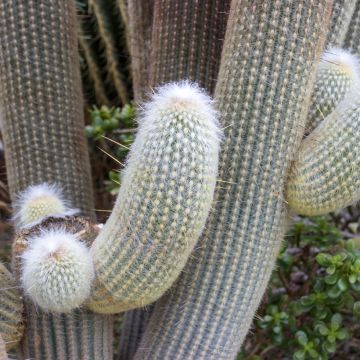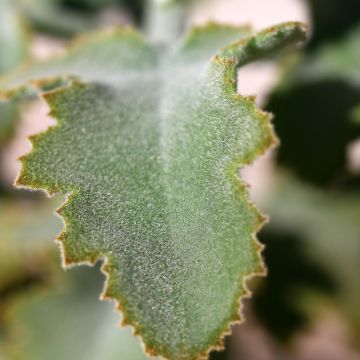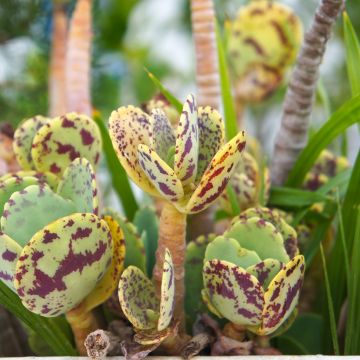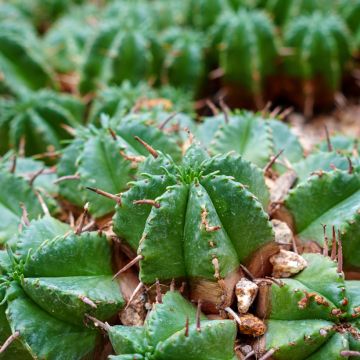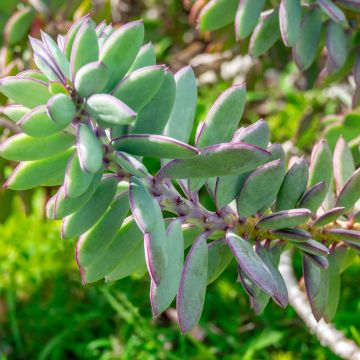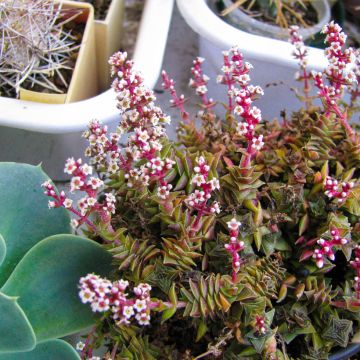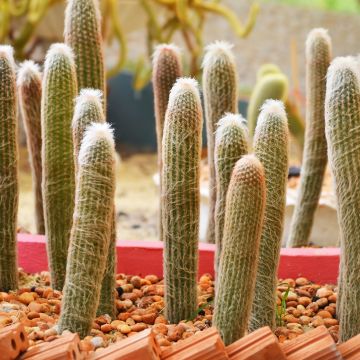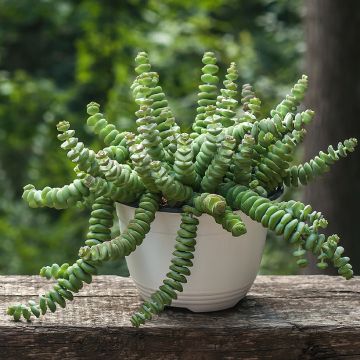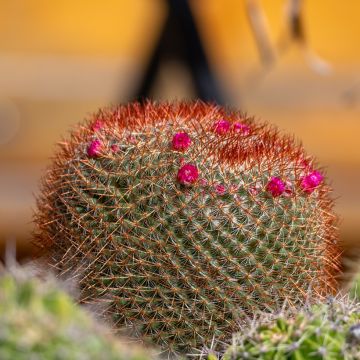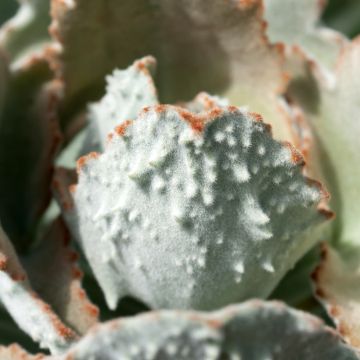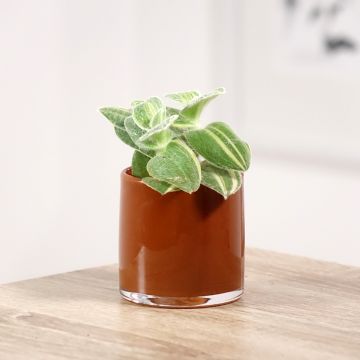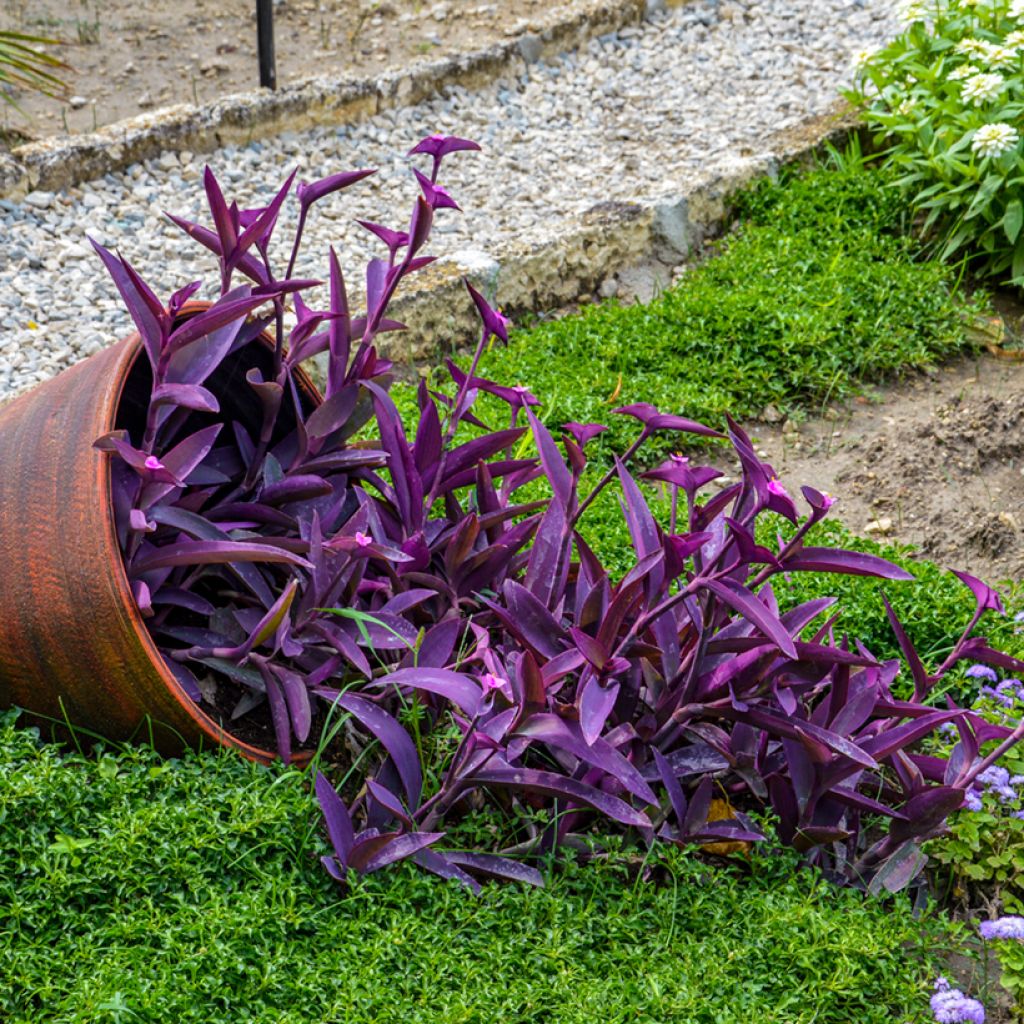

Tradescantia pallida Purple Heart - purple-heart spiderwort
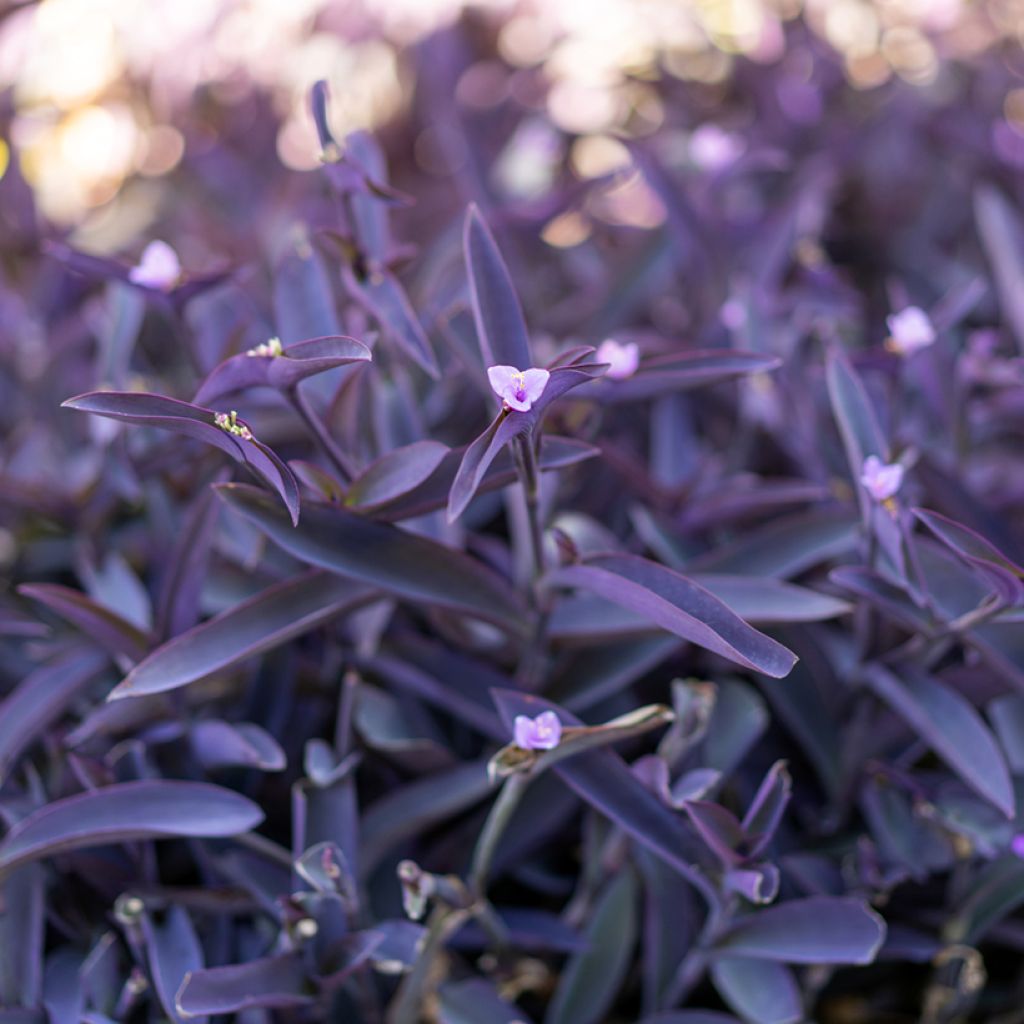

Tradescantia pallida Purple Heart - purple-heart spiderwort
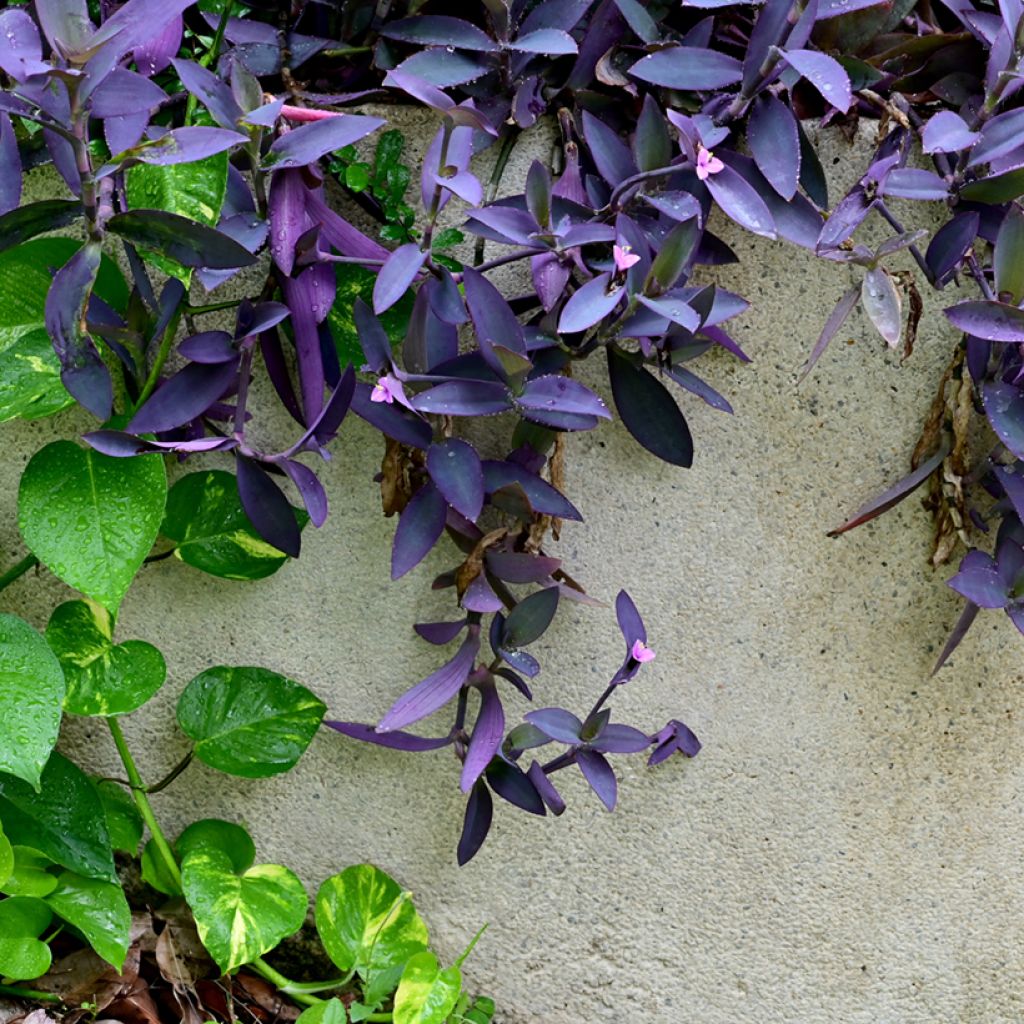

Tradescantia pallida Purple Heart - purple-heart spiderwort
Tradescantia pallida Purple Heart - purple-heart spiderwort
Tradescantia pallida Purple Heart
Purple-heart spiderwort
Why not try an alternative variety in stock?
View all →This plant carries a 30 days recovery warranty
More information
We guarantee the quality of our plants for a full growing cycle, and will replace at our expense any plant that fails to recover under normal climatic and planting conditions.
From €7.90 for pickup delivery and €6.90 for home delivery
Express home delivery from €8.90.
Description
Tradescantia pallida 'Purple Heart' is a creeping indoor or outdoor plant prized for its stunning purple foliage that cascades in hanging baskets. Its brittle stems bear alternate leaves of deep purple on top and a brighter purple underneath. This variety thrives particularly well indoors with bright light, in the gentle morning or evening sun. It can tolerate more sun, but beware of leaf burn! It can also be grown outdoors in mild climates. 'Purple Heart' has received an Award of Garden Merit from the Royal Horticultural Society in England.
Tradescantia pallida 'Purple Heart', also known as Setcreasea purpurea, belongs to the Commelinaceae family. This cultivar is synonymous with Tradescantia pallida 'Purpurea'. This perennial plant has a creeping habit in the wild and a trailing habit in pots, with thick, fragile purple stems that elongate and trail gracefully, typically reaching a length of 45 cm or more. The alternate leaves measure between 5 and 12 cm in length. They are elongated, pointed at the tip, with a dark purple upper surface and a bright purple underside. Flowering is rare in indoor cultivation and usually occurs in summer. The 2.5 cm flowers have three pink petals. In mild climates, it can be grown outdoors; in this case, it disappears with frost but returns the following spring. In colder climates, the plant behaves as an annual.
The Tradescantia genus includes around 60 species, mainly native to tropical and subtropical regions of the Americas. The species Tradescantia pallida is native to Mexico, endemic to Yucatan, Central and South America.
In indoor cultivation, Tradescantia pallida 'Purple Heart' prefers bright light with some direct sun exposure, except during the hottest hours. It appreciates ambient humidity of 50 to 70% and temperatures between 18 and 25 °C. Water regularly, keeping the substrate slightly moist, but avoiding excess water which could lead to root rot. A well-draining substrate, rich in organic matter, is ideal for its development. It propagates very easily from cuttings.
Tradescantia pallida 'Purple Heart' catches the eye with its stunning colour and foliage that will trail from a hanging pot. Choose a neutral or contrasting colour. It is the ideal plant to bring life to your shelves or to add colour to a bright corner. Pair it with other easy-to-care-for trailing plants like Ceropegia woodii (string of hearts), a Hoya or a Senecio mandraliscae, all three of which also appreciate some direct sun.
Report an error about the product description
Tradescantia pallida Purple Heart - purple-heart spiderwort in pictures




Foliage
Plant habit
Flowering
Botanical data
Tradescantia
pallida
Purple Heart
Commelinaceae
Purple-heart spiderwort
Cultivar or hybrid
Safety measures
Other Indoor Tradescantia
View all →Location
Location
Maintenance and care
Potting advice, substrates and fertilisers
Houseplant care
Disease and pest advice
Maintenance and care
This item has not been reviewed yet - be the first to leave a review about it.
Haven't found what you were looking for?
Hardiness is the lowest winter temperature a plant can endure without suffering serious damage or even dying. However, hardiness is affected by location (a sheltered area, such as a patio), protection (winter cover) and soil type (hardiness is improved by well-drained soil).

Photo Sharing Terms & Conditions
In order to encourage gardeners to interact and share their experiences, Promesse de fleurs offers various media enabling content to be uploaded onto its Site - in particular via the ‘Photo sharing’ module.
The User agrees to refrain from:
- Posting any content that is illegal, prejudicial, insulting, racist, inciteful to hatred, revisionist, contrary to public decency, that infringes on privacy or on the privacy rights of third parties, in particular the publicity rights of persons and goods, intellectual property rights, or the right to privacy.
- Submitting content on behalf of a third party;
- Impersonate the identity of a third party and/or publish any personal information about a third party;
In general, the User undertakes to refrain from any unethical behaviour.
All Content (in particular text, comments, files, images, photos, videos, creative works, etc.), which may be subject to property or intellectual property rights, image or other private rights, shall remain the property of the User, subject to the limited rights granted by the terms of the licence granted by Promesse de fleurs as stated below. Users are at liberty to publish or not to publish such Content on the Site, notably via the ‘Photo Sharing’ facility, and accept that this Content shall be made public and freely accessible, notably on the Internet.
Users further acknowledge, undertake to have ,and guarantee that they hold all necessary rights and permissions to publish such material on the Site, in particular with regard to the legislation in force pertaining to any privacy, property, intellectual property, image, or contractual rights, or rights of any other nature. By publishing such Content on the Site, Users acknowledge accepting full liability as publishers of the Content within the meaning of the law, and grant Promesse de fleurs, free of charge, an inclusive, worldwide licence for the said Content for the entire duration of its publication, including all reproduction, representation, up/downloading, displaying, performing, transmission, and storage rights.
Users also grant permission for their name to be linked to the Content and accept that this link may not always be made available.
By engaging in posting material, Users consent to their Content becoming automatically accessible on the Internet, in particular on other sites and/or blogs and/or web pages of the Promesse de fleurs site, including in particular social pages and the Promesse de fleurs catalogue.
Users may secure the removal of entrusted content free of charge by issuing a simple request via our contact form.
The flowering period indicated on our website applies to countries and regions located in USDA zone 8 (France, the United Kingdom, Ireland, the Netherlands, etc.)
It will vary according to where you live:
- In zones 9 to 10 (Italy, Spain, Greece, etc.), flowering will occur about 2 to 4 weeks earlier.
- In zones 6 to 7 (Germany, Poland, Slovenia, and lower mountainous regions), flowering will be delayed by 2 to 3 weeks.
- In zone 5 (Central Europe, Scandinavia), blooming will be delayed by 3 to 5 weeks.
In temperate climates, pruning of spring-flowering shrubs (forsythia, spireas, etc.) should be done just after flowering.
Pruning of summer-flowering shrubs (Indian Lilac, Perovskia, etc.) can be done in winter or spring.
In cold regions as well as with frost-sensitive plants, avoid pruning too early when severe frosts may still occur.
The planting period indicated on our website applies to countries and regions located in USDA zone 8 (France, United Kingdom, Ireland, Netherlands).
It will vary according to where you live:
- In Mediterranean zones (Marseille, Madrid, Milan, etc.), autumn and winter are the best planting periods.
- In continental zones (Strasbourg, Munich, Vienna, etc.), delay planting by 2 to 3 weeks in spring and bring it forward by 2 to 4 weeks in autumn.
- In mountainous regions (the Alps, Pyrenees, Carpathians, etc.), it is best to plant in late spring (May-June) or late summer (August-September).
The harvesting period indicated on our website applies to countries and regions in USDA zone 8 (France, England, Ireland, the Netherlands).
In colder areas (Scandinavia, Poland, Austria...) fruit and vegetable harvests are likely to be delayed by 3-4 weeks.
In warmer areas (Italy, Spain, Greece, etc.), harvesting will probably take place earlier, depending on weather conditions.
The sowing periods indicated on our website apply to countries and regions within USDA Zone 8 (France, UK, Ireland, Netherlands).
In colder areas (Scandinavia, Poland, Austria...), delay any outdoor sowing by 3-4 weeks, or sow under glass.
In warmer climes (Italy, Spain, Greece, etc.), bring outdoor sowing forward by a few weeks.

































